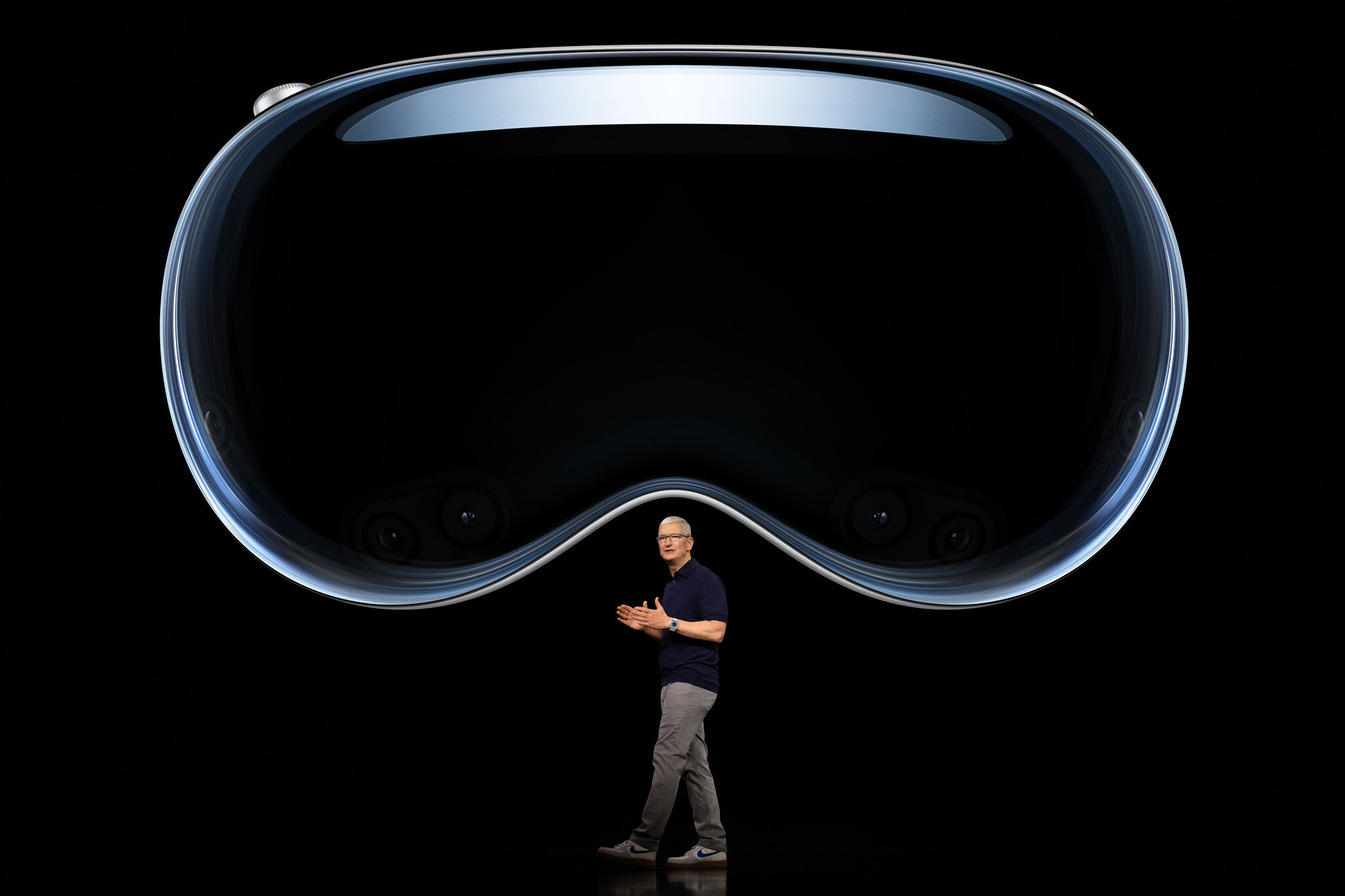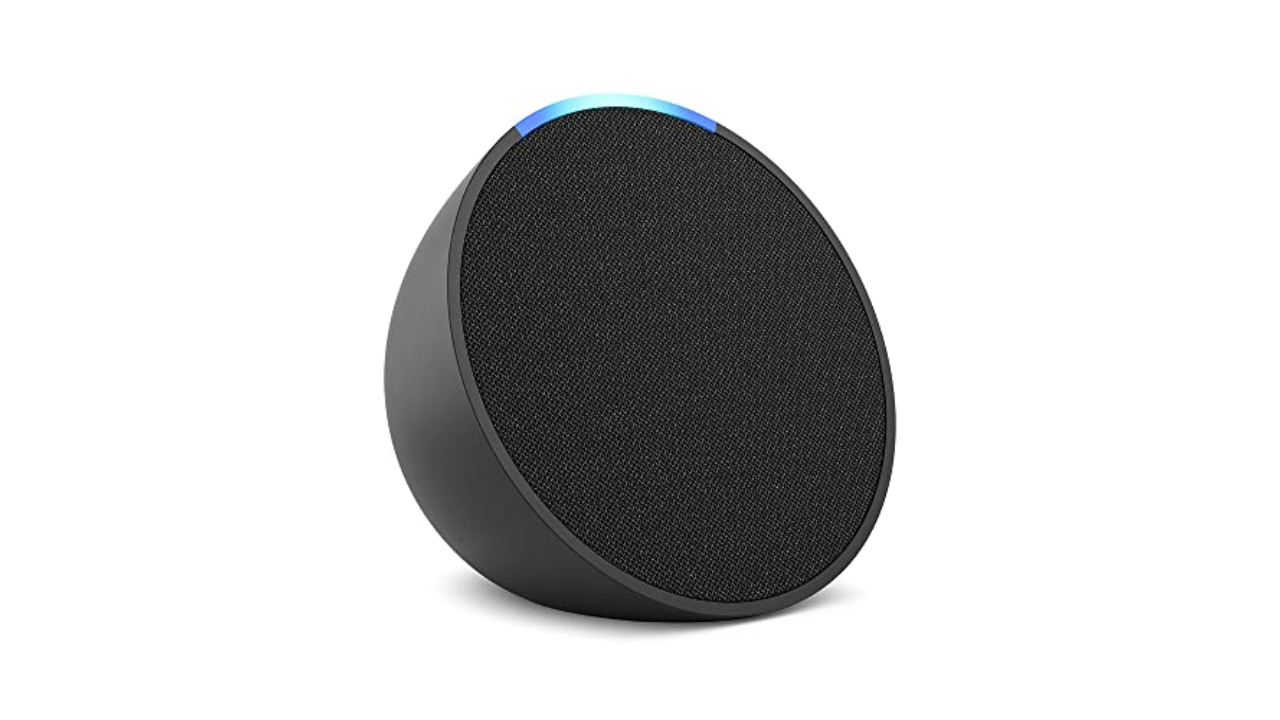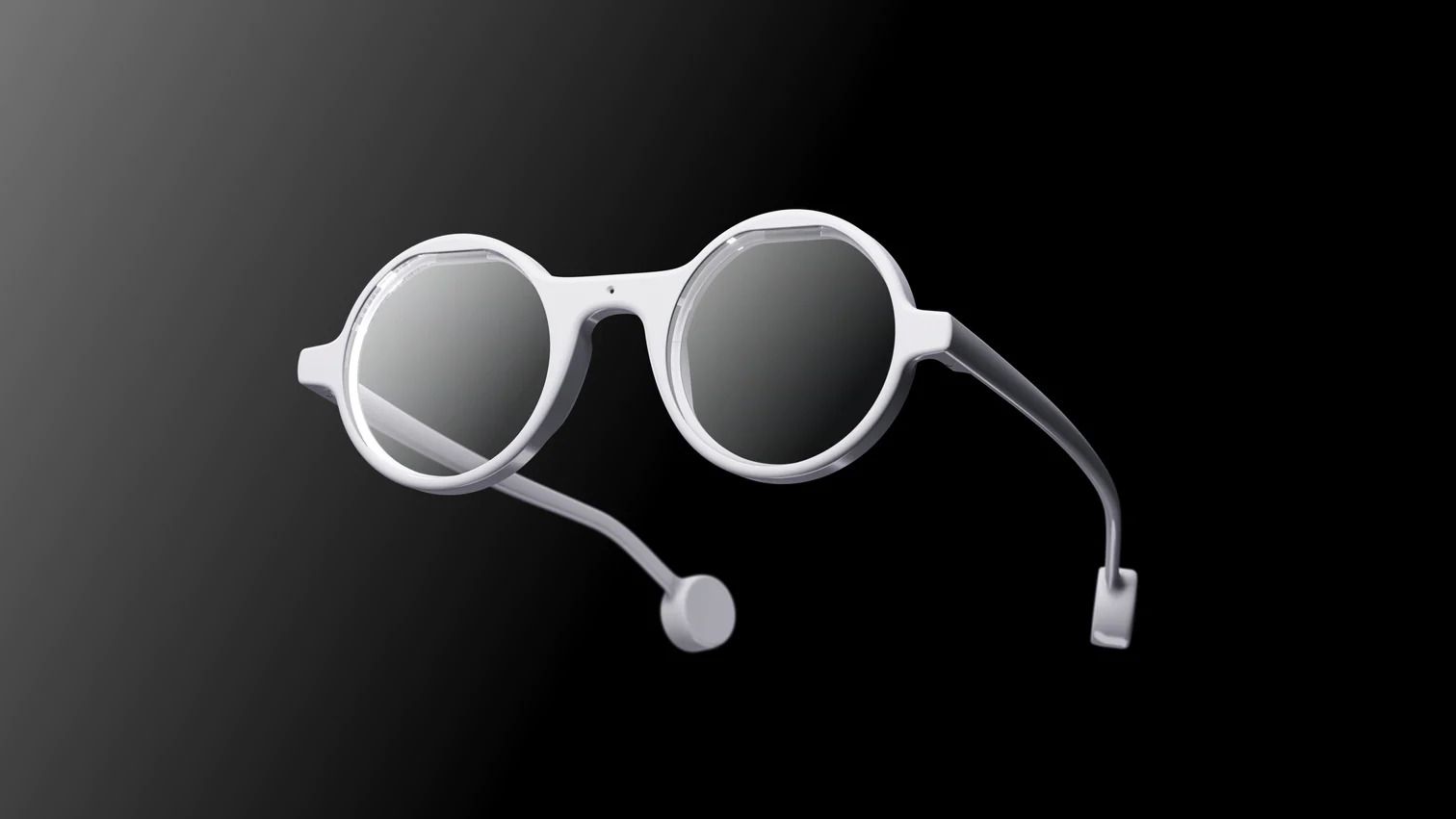Could a future version of Apple Vision Pro rely entirely on your iPhone for its processing power? That’s the latest rumor swirling around the tech giant, and it has the potential to shake up the virtual and augmented reality landscape. According to Bloomberg’s Mark Gurman, Apple is seriously exploring a Vision device that functions as an accessory to the iPhone, offloading all the heavy computational lifting to your trusty smartphone.
This isn’t the first time we’ve heard whispers of a more budget-friendly Apple Vision device. Analyst Ming-Chi Kuo previously reported that a cheaper standalone Vision Pro headset had been pushed back to 2027. Now, it seems like this iPhone-powered concept might be taking its place, potentially arriving much sooner. The strategy makes sense; by leveraging the iPhone’s existing processing capabilities, Apple could significantly reduce the cost of the headset, making it far more accessible to the average consumer.
Why is Apple taking this approach?
- Accessibility: The current Apple Vision Pro, with its $3,500 price tag, is clearly aimed at developers and early adopters. An iPhone-powered device could bring the Vision experience to a much wider audience.
- Ecosystem Synergy: This move reinforces Apple’s strategy of creating a tightly integrated ecosystem. By making the iPhone the heart of the Vision experience, Apple further solidifies its central role in users’ digital lives.
- Technological Advancement: iPhone chips are incredibly powerful. The A16 chip in the iPhone 14 Pro, for example, boasts impressive performance. It’s conceivable that future iPhone chips could provide enough horsepower to deliver compelling VR and AR experiences.
What would this iPhone-powered Vision device look like?
Imagine a lightweight headset with displays and a battery, but minimal onboard processing. It would connect wirelessly to your iPhone, which would handle all the rendering and computations. Think of it like a pair of high-tech glasses that act as an extension of your phone. This approach has already been adopted by companies like Xreal, whose AR glasses rely on a smartphone connection.
Potential Challenges:
- Latency: Offloading processing to an external device could introduce lag, which can be a major drawback in VR and AR experiences. Apple would need to ensure a seamless, low-latency connection between the iPhone and the headset.
- Battery Life: Streaming data and powering the headset’s displays could put a significant strain on the iPhone’s battery. Efficient power management would be crucial.
- Limited Functionality: Relying on the iPhone’s processing power might limit the device’s capabilities compared to a standalone headset. Certain high-end applications might not be feasible.
My Take:
As someone who has followed Apple’s product development closely, I find this move intriguing. Apple has a knack for taking existing technologies and refining them into user-friendly, mass-market products. Remember how the iPod revolutionized music listening? Or how the iPhone transformed the mobile phone industry?
An iPhone-powered Vision device could be Apple’s way of democratizing access to VR and AR, making these technologies less intimidating and more accessible to everyday users. While challenges remain, Apple’s track record suggests they can overcome these hurdles and deliver a compelling product. I, for one, am excited to see what they come up with.





